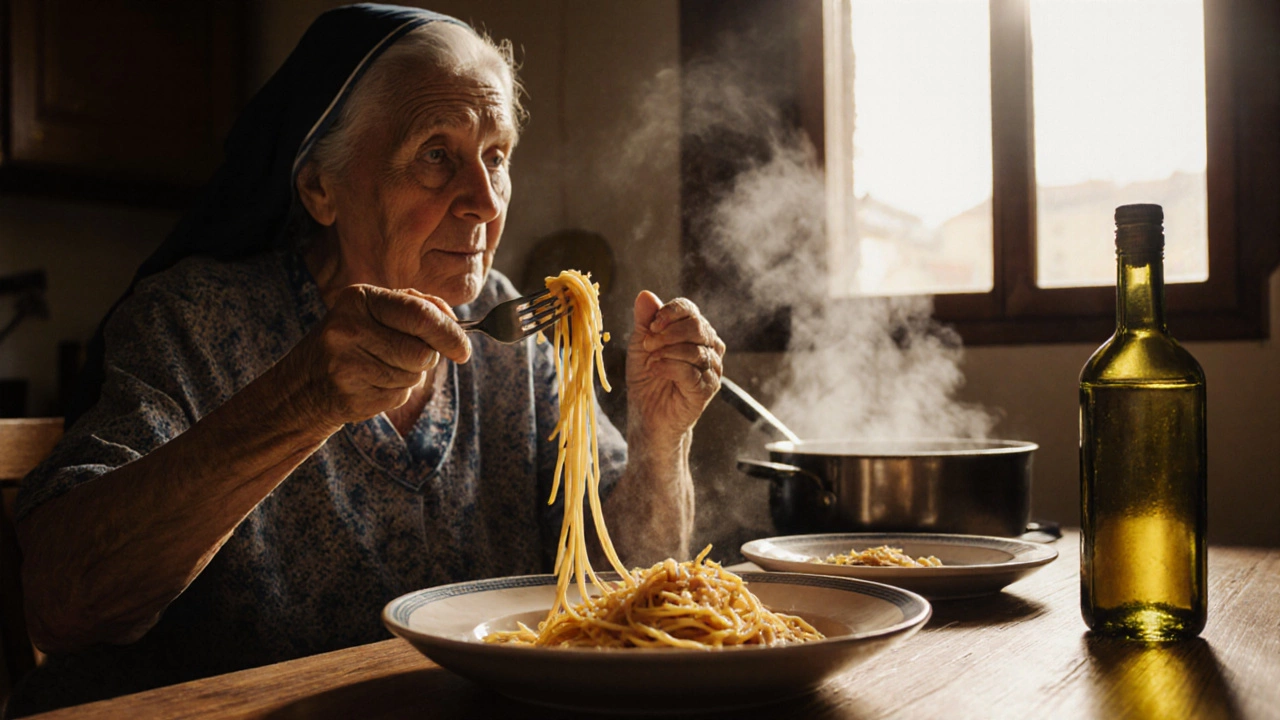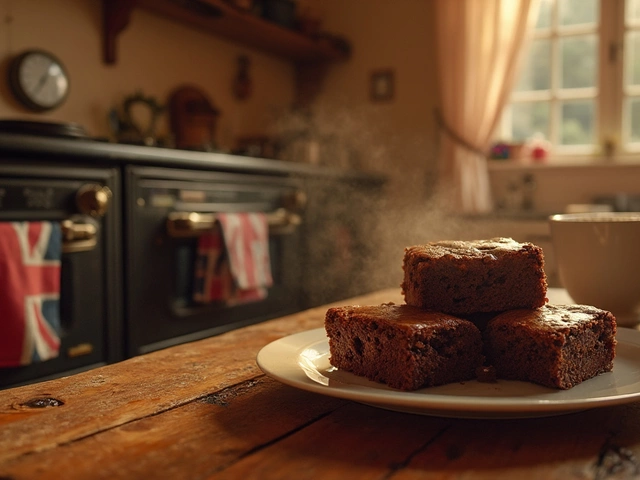Italian Cooking Customs: Traditions, Ingredients, and What Really Matters in the Kitchen
When you think of Italian cooking customs, the deep-rooted food rituals passed down through generations in Italy. Also known as Italian culinary traditions, it's not just about recipes—it’s about how, when, and why food is made. These aren’t trendy foodie habits. They’re the quiet rules that have stayed the same for over a hundred years: no pasta with seafood after noon in Naples, no cappuccino after breakfast, and never, ever putting pineapple on pizza in Bologna. This is food as culture, not just fuel.
One of the most misunderstood parts of Italian cheese, a broad category of aged, fresh, and creamy cheeses central to regional dishes. Also known as formaggi italiani, it’s not just parmesan and mozzarella. It’s the creamy, unaged mascarpone that makes tiramisu what it is—not moldy, not spoiled, just rich and smooth. And that’s the point: authentic Italian cooking doesn’t rely on tricks or shortcuts. It relies on knowing what each ingredient truly is. You won’t find mold in real tiramisu. You’ll find mascarpone, espresso, and layers of care. Same goes for the way Italians handle fudge-like sweets: they don’t freeze them unless they have to, and they never store them in plastic. They use wax paper, tins, and cool pantries. These aren’t tips—they’re habits.
Italian dessert traditions are just as strict. Tiramisu isn’t a dessert you throw together on a whim. It’s built in layers, with careful soaking, precise chilling, and cocoa dusted on top at the very end. Macarons? Those are French. In Italy, they make biscotti, cannoli, and panna cotta—each with regional variations you won’t find in a cookbook from Milan. And when it comes to cheesecake, they don’t bake it in a springform pan like Americans do. They use ricotta, not cream cheese, and they serve it with citrus zest, not berries. These aren’t mistakes—they’re choices. And they’re why Italian food still tastes like home, even when you’re thousands of miles away.
What you’ll find below isn’t a list of random recipes. It’s a collection of real questions people ask when they try to get Italian cooking right. Why is my fudge chewy? Can you freeze mascarpone? Is that cheese moldy or just ripened? Each post answers one of those questions with straight facts, no fluff. Whether you’re making tiramisu for the first time or just trying to understand why your grandma wouldn’t let you put sugar in her ragù, you’ll find the answers here—no guessing, no myths, just what works.






